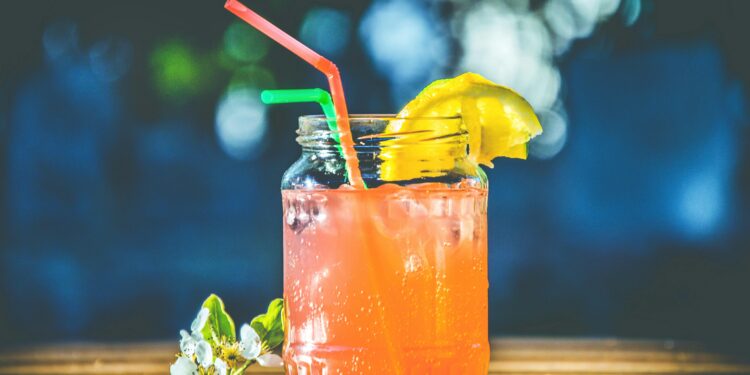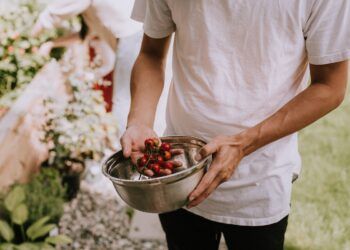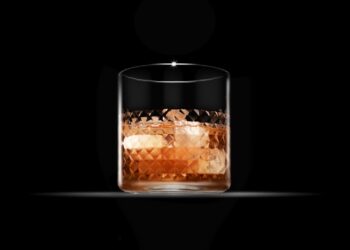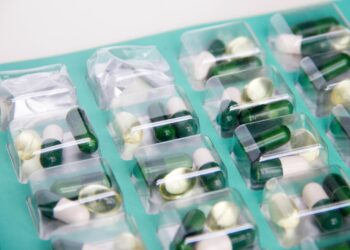What was a common sweetener in medieval beverages?

Honey
Granulated sugar
Stevia
Corn syrup
What ingredient was used to add a spicy flavor?

Black pepper
Cinnamon
Saffron
Nutmeg
What herb was used for its calming effects?

Rosemary
Lavender
Chamomile
Mint
Which fruit was commonly fermented into beverages?
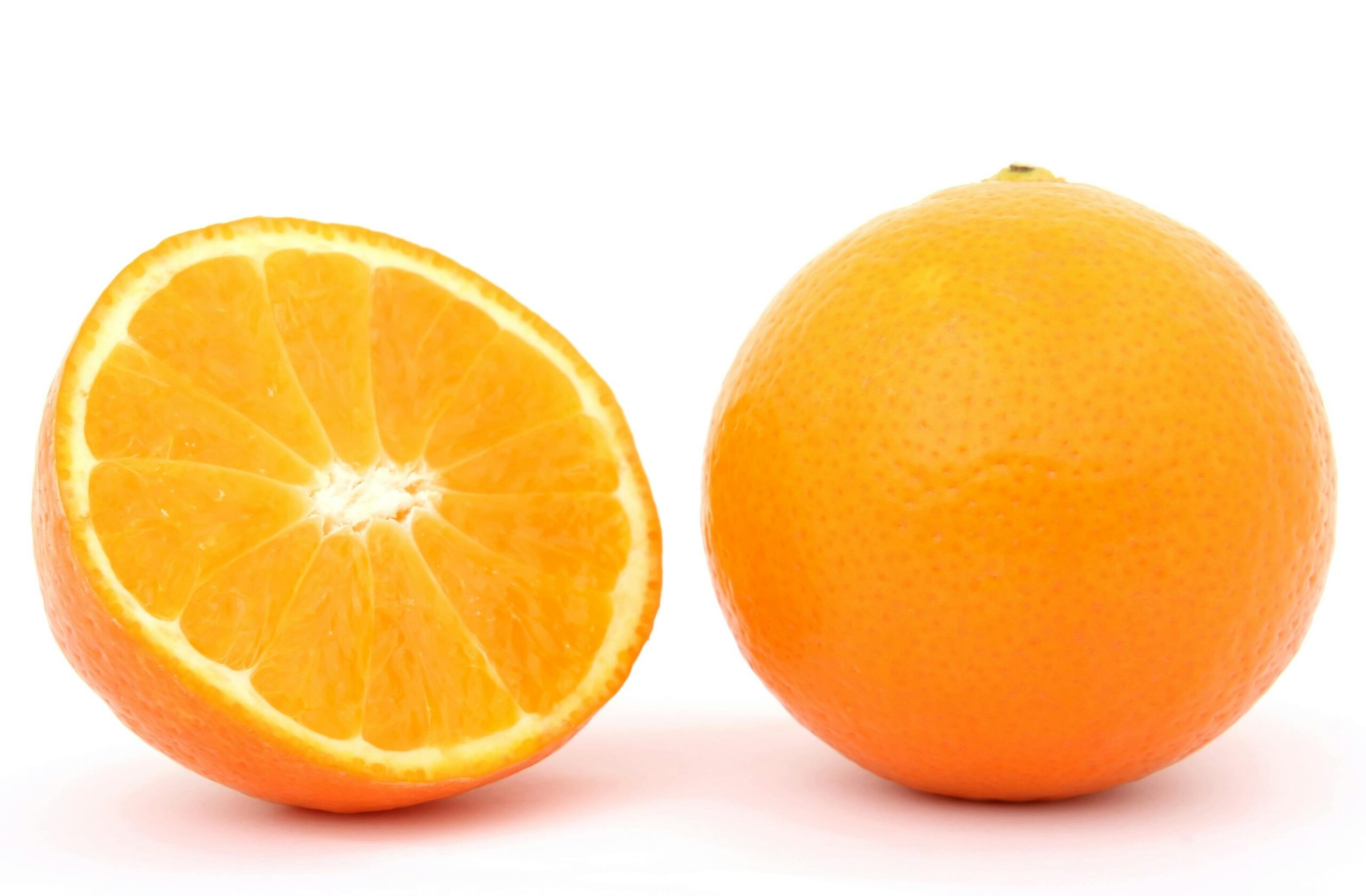
Apples
Oranges
Bananas
Mangoes
What additive was used to preserve beverages?

Vinegar
Salt
Alcohol
Lemon juice
Which root was used for flavor and color?
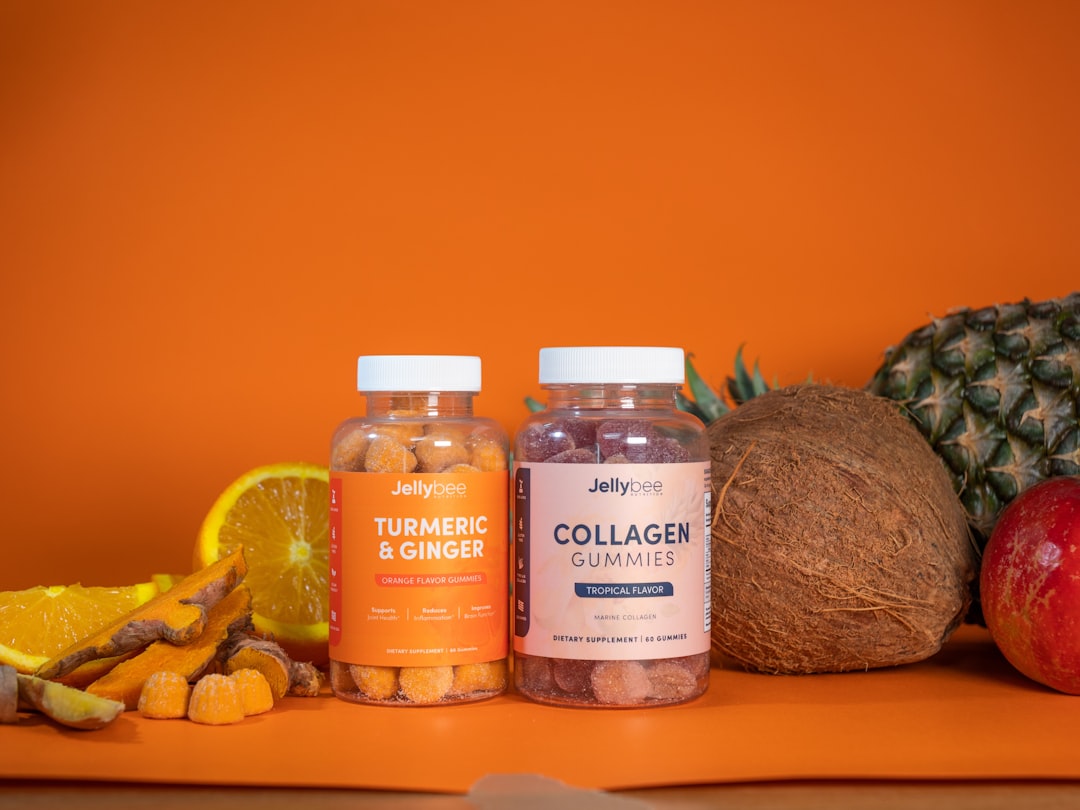
Ginger
Turmeric
Carrot
Beetroot
What type of leaf was popular for adding bitterness?
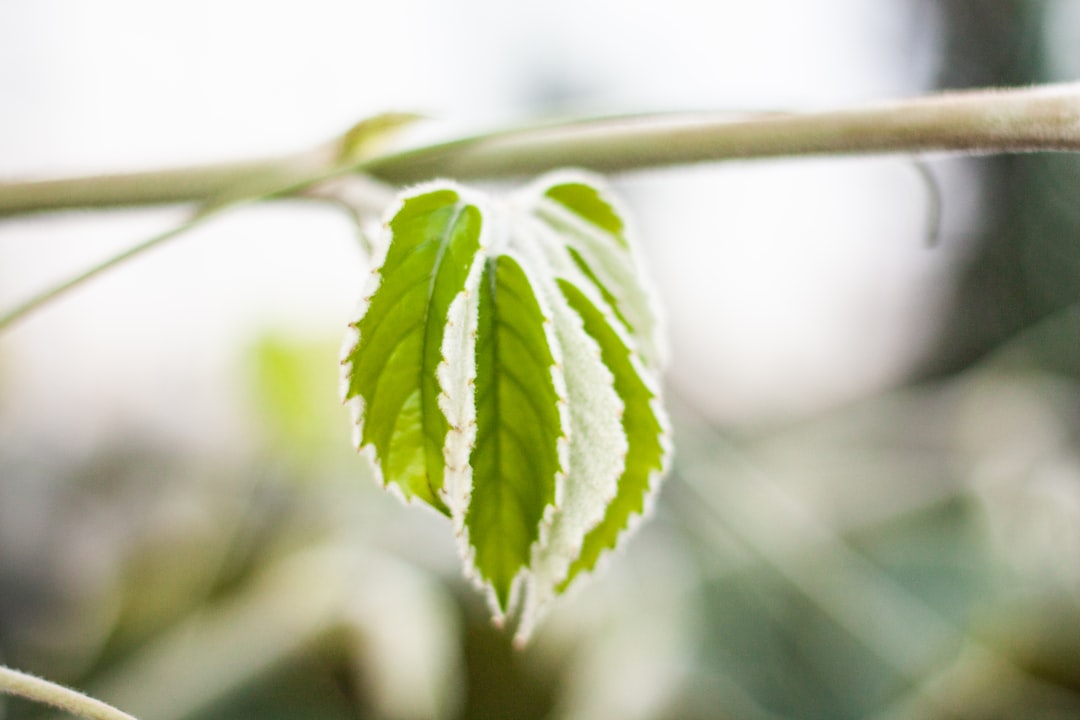
Bay leaf
Sorrel leaf
Ginkgo leaf
Oak leaf
Which medieval beverage included fermented honey?
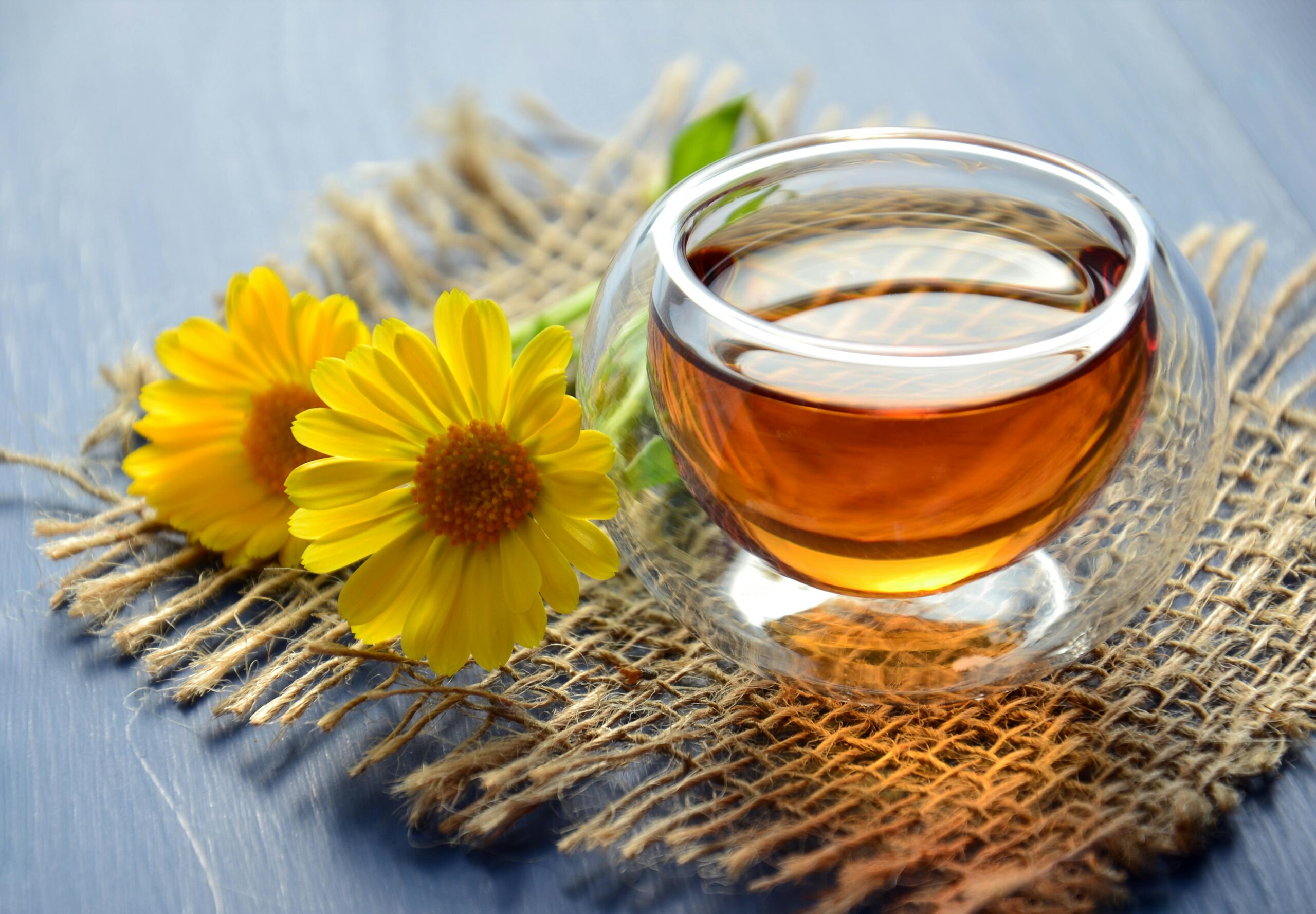
Beer
Wine
Mead
Whiskey
What spice was prized for its medicinal qualities?
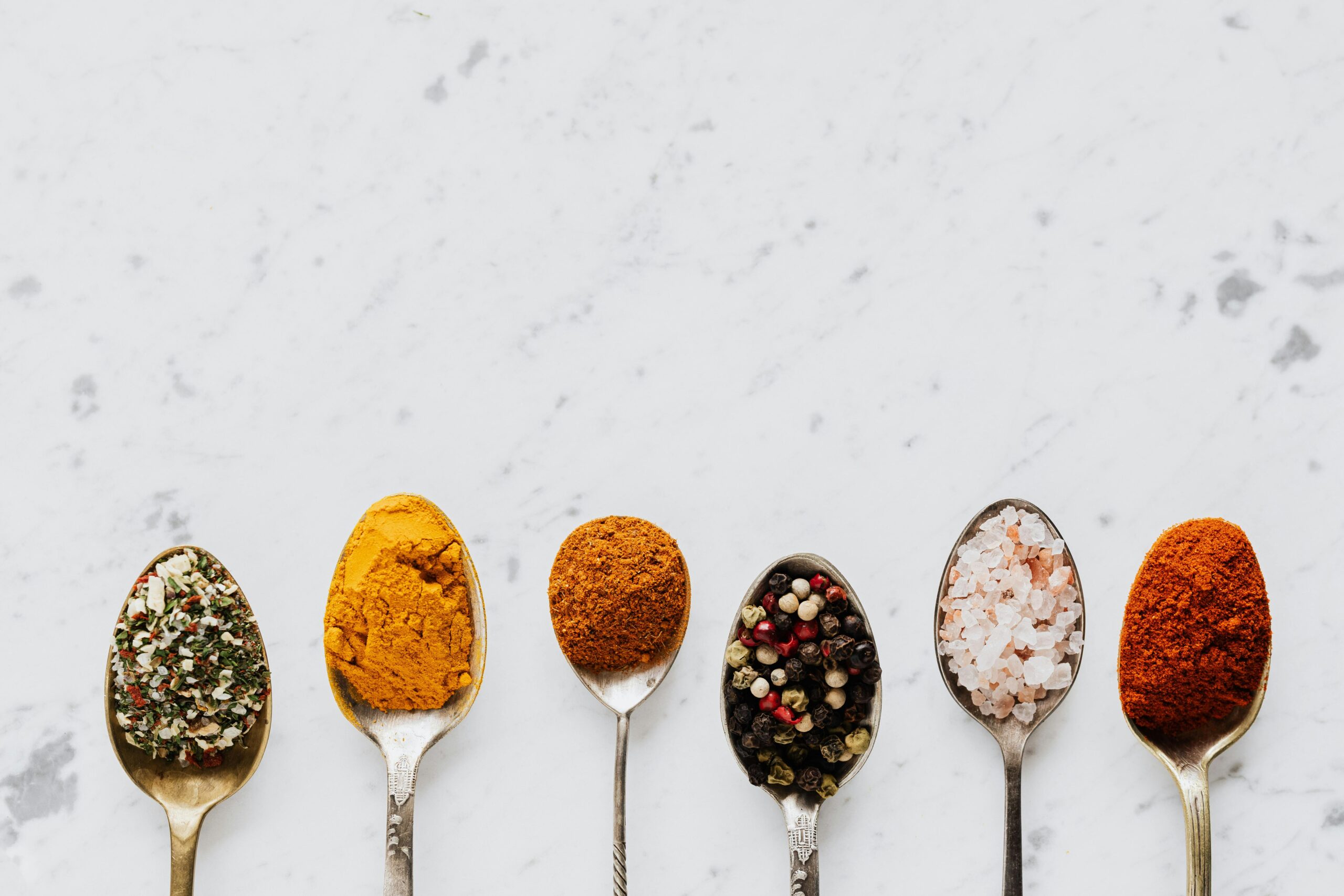
Clove
Paprika
Cardamom
Cumin
Which nut was used to thicken and flavor drinks?
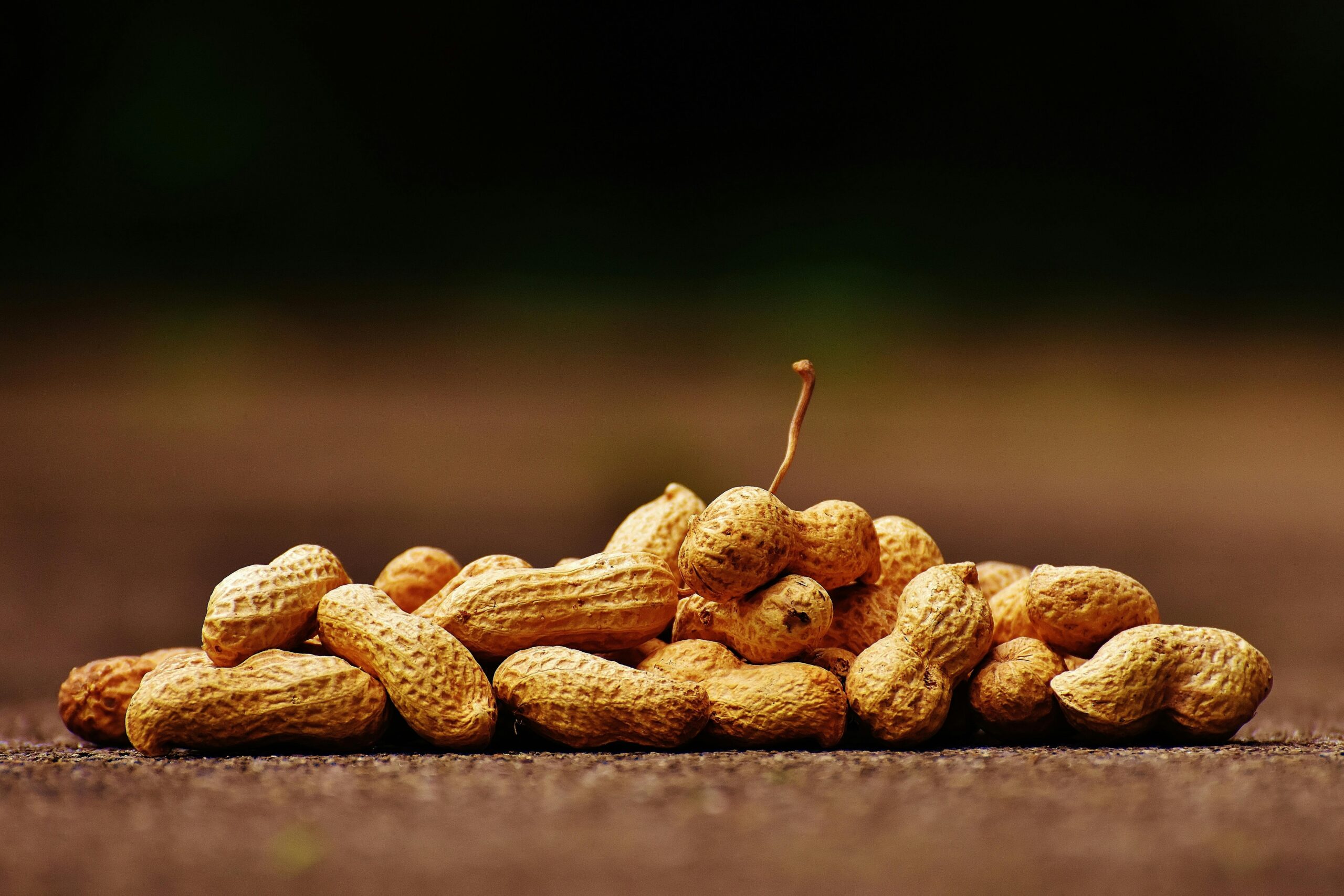
Almonds
Peanuts
Walnuts
Cashews
What medieval ingredient was used for red coloring?
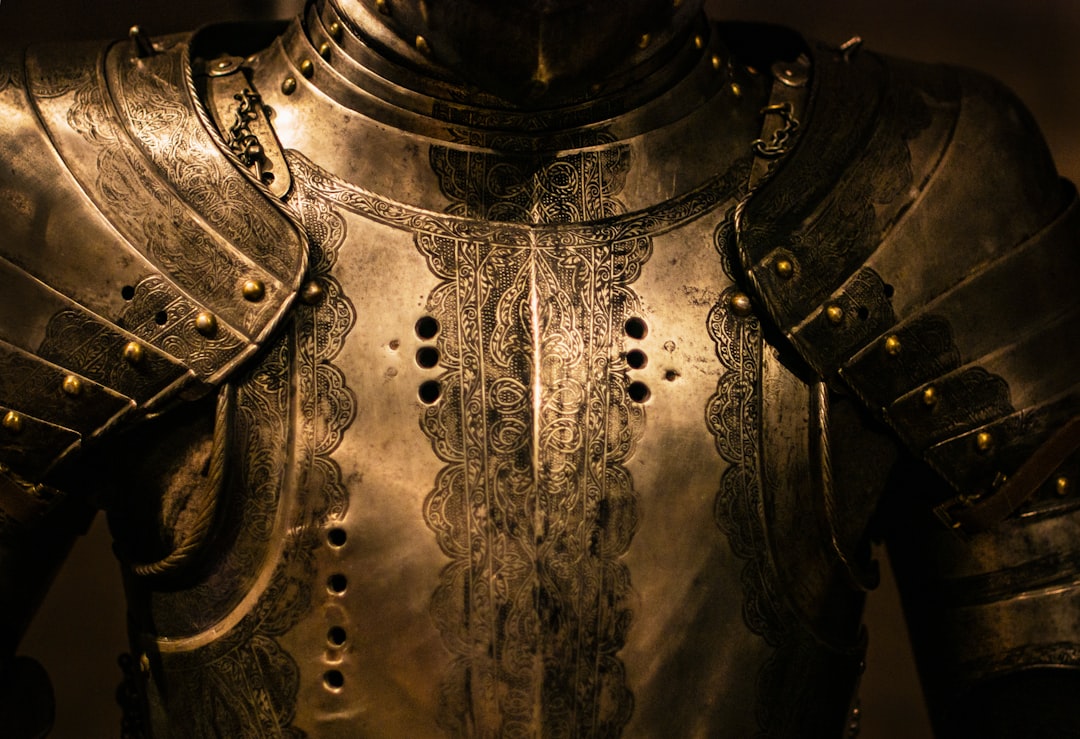
Madder
Indigo
Woad
Logwood
Which berry was commonly used in medieval drinks?
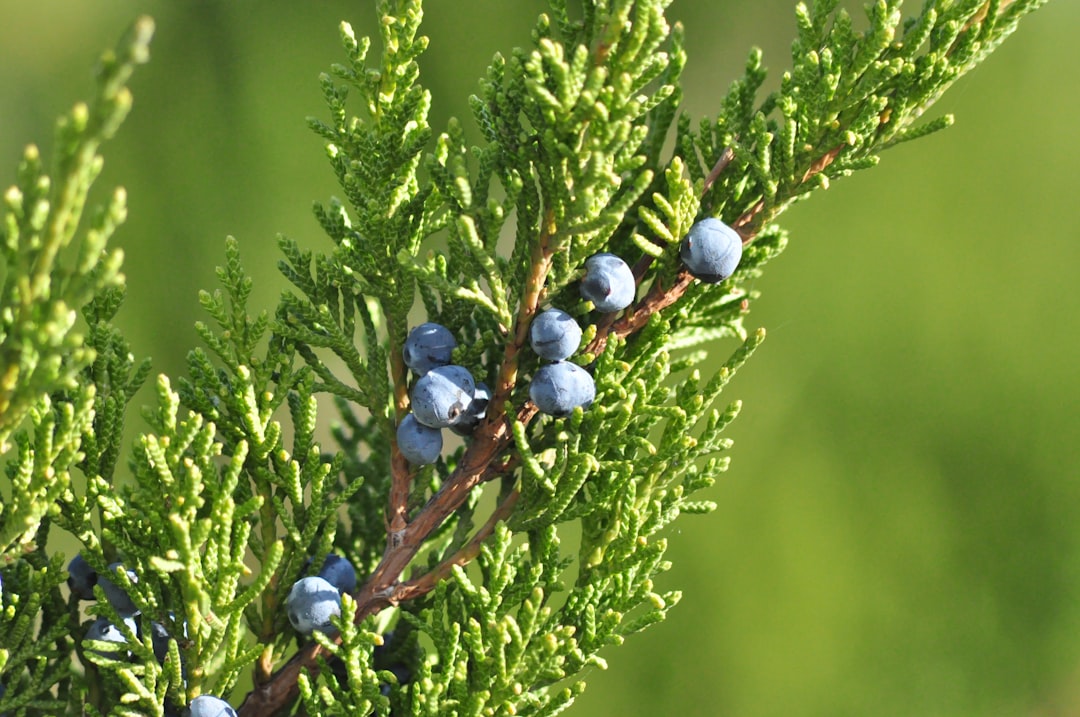
Juniper
Blueberry
Raspberry
Strawberry
What flower was distilled into medieval liqueurs?
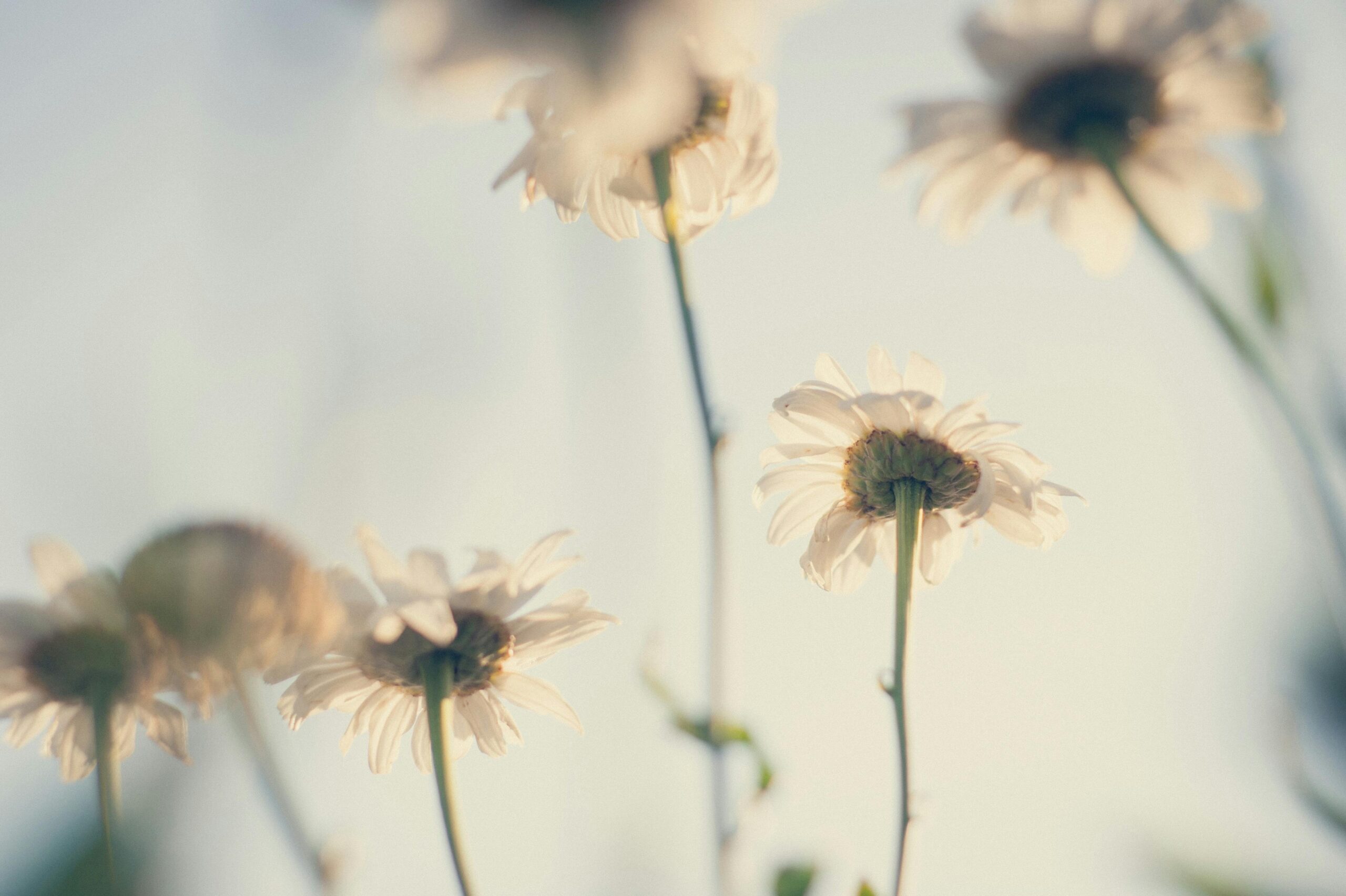
Rose
Lily
Violet
Daisy
Which plant was believed to purify water in beverages?
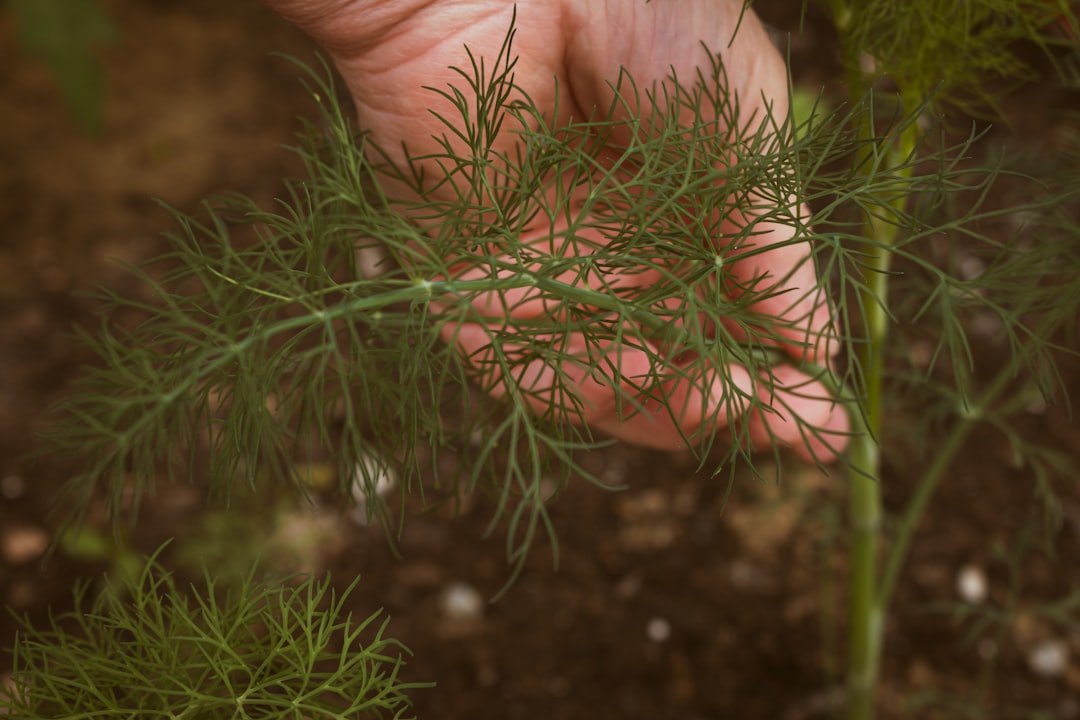
Reed
Moss
Fennel
Nettle
What was a luxury spice in medieval beverages?
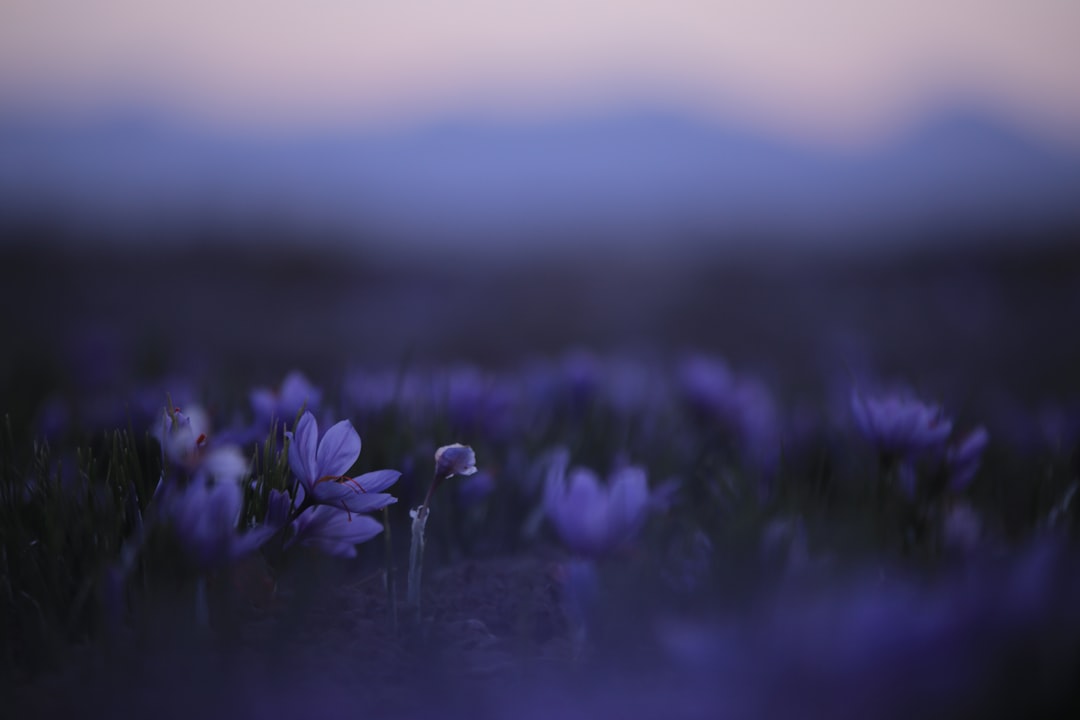
Pepper
Cinnamon
Saffron
Nutmeg
What seed was used to add earthy flavors?
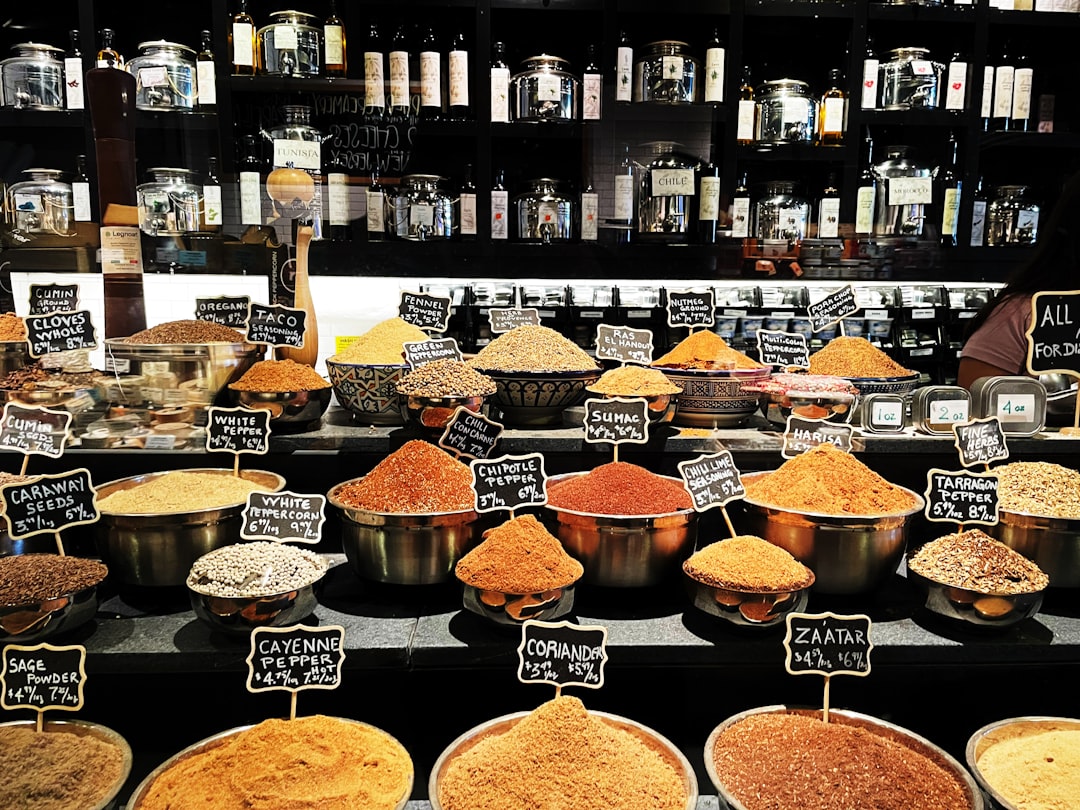
Caraway
Flax
Sesame
Sunflower
Which medieval beverage was made from birch sap?
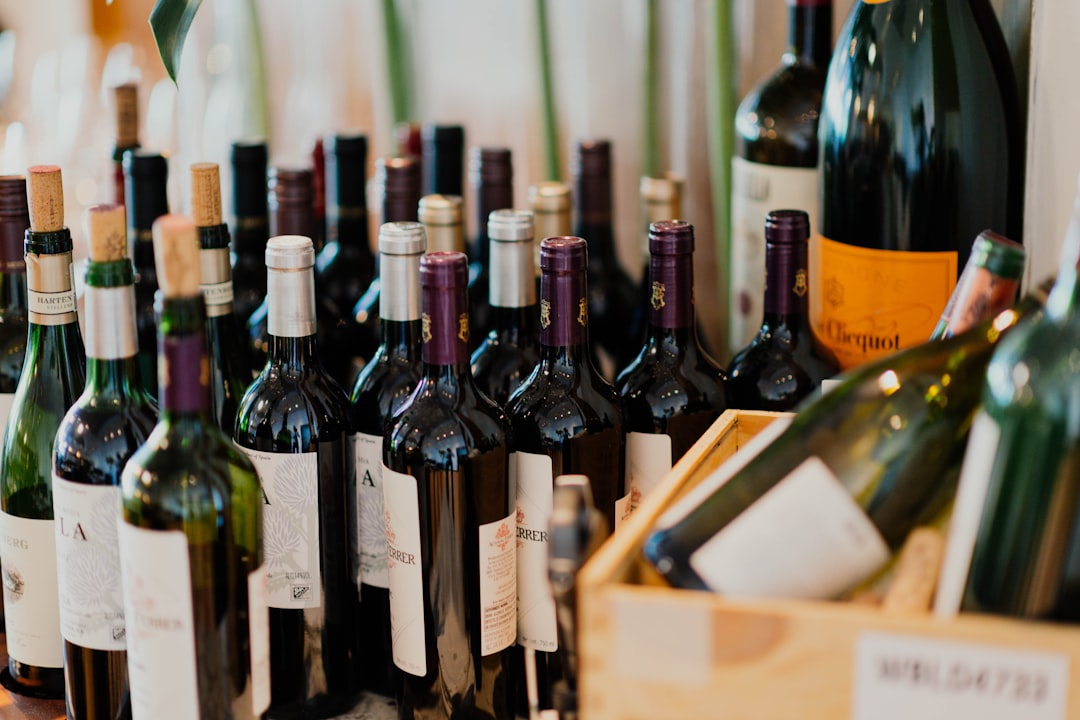
Mead
Beer
Perry
Wine
What was used to increase the tartness of beverages?
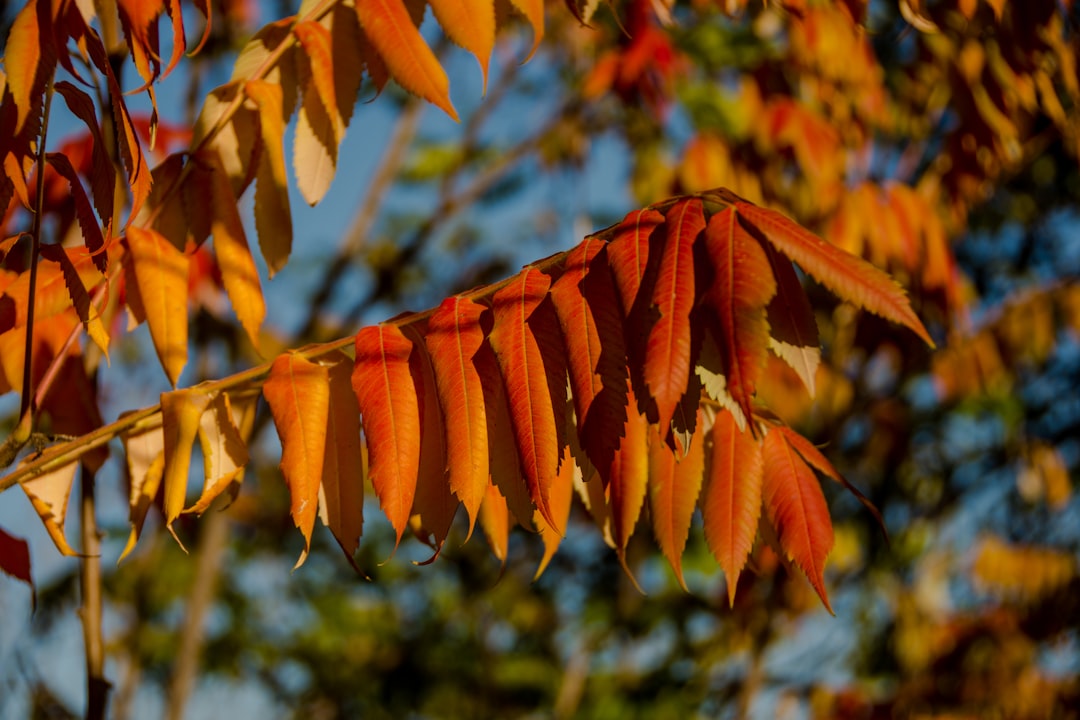
Tamarind
Sumac
Lime
Sorrel
Which ingredient was used to improve digestion in drinks?
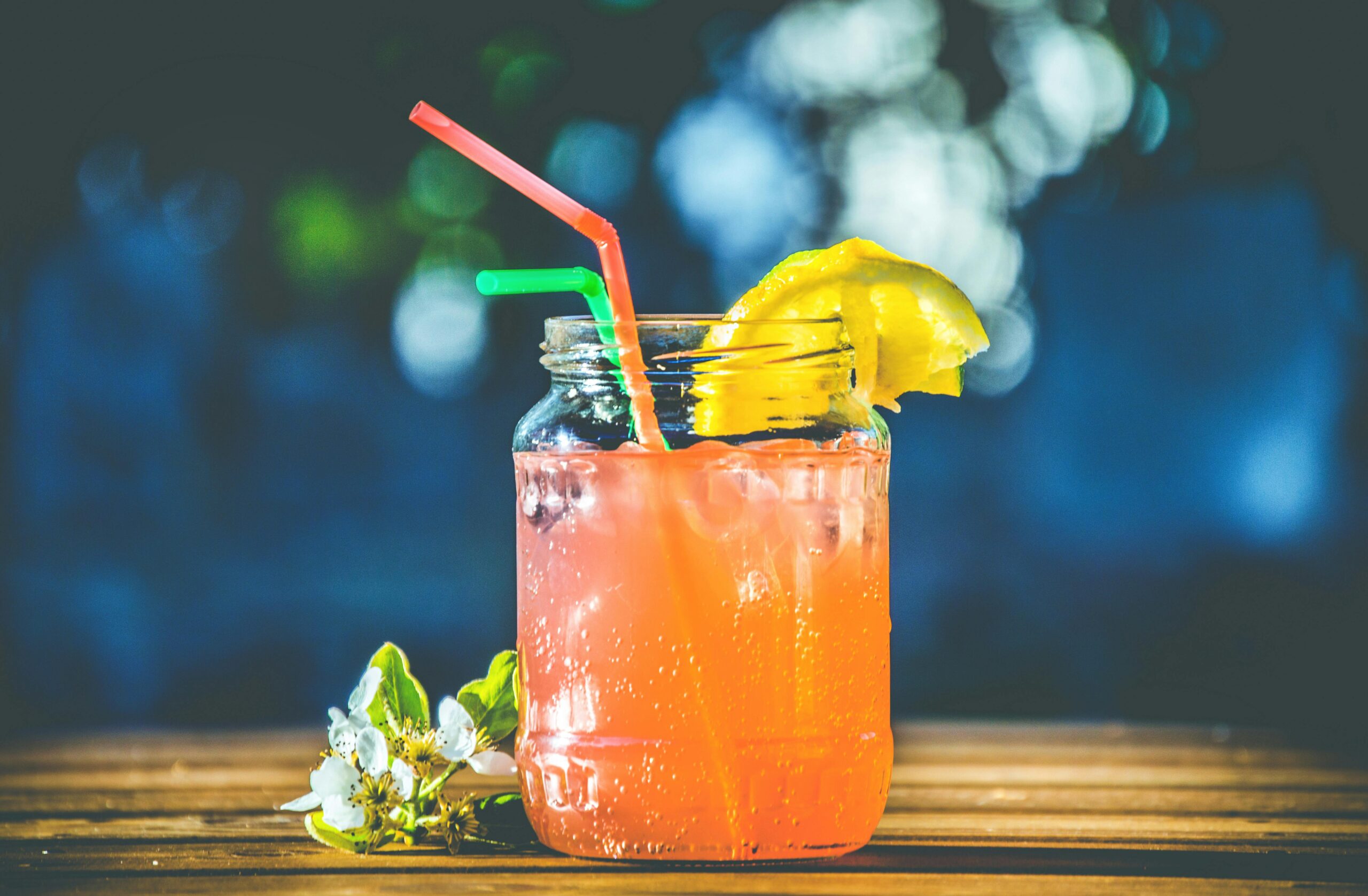
Ginger
Licorice
Mint
Basil
What exotic fruit was occasionally used in luxury drinks?
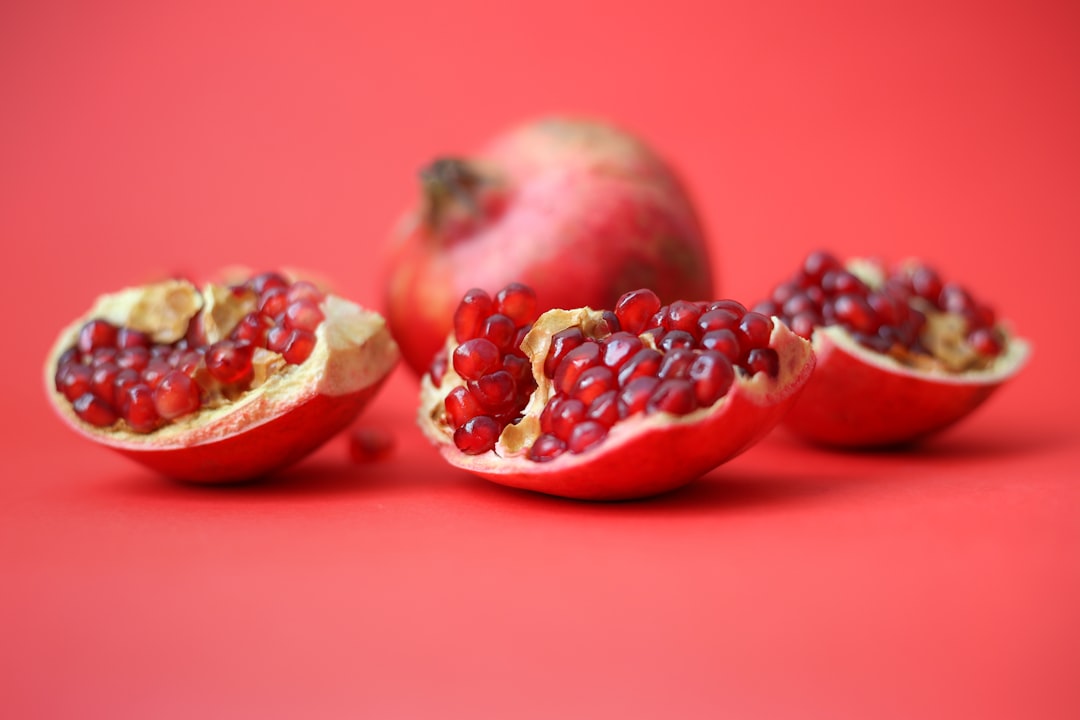
Pomegranate
Peach
Coconut
Date
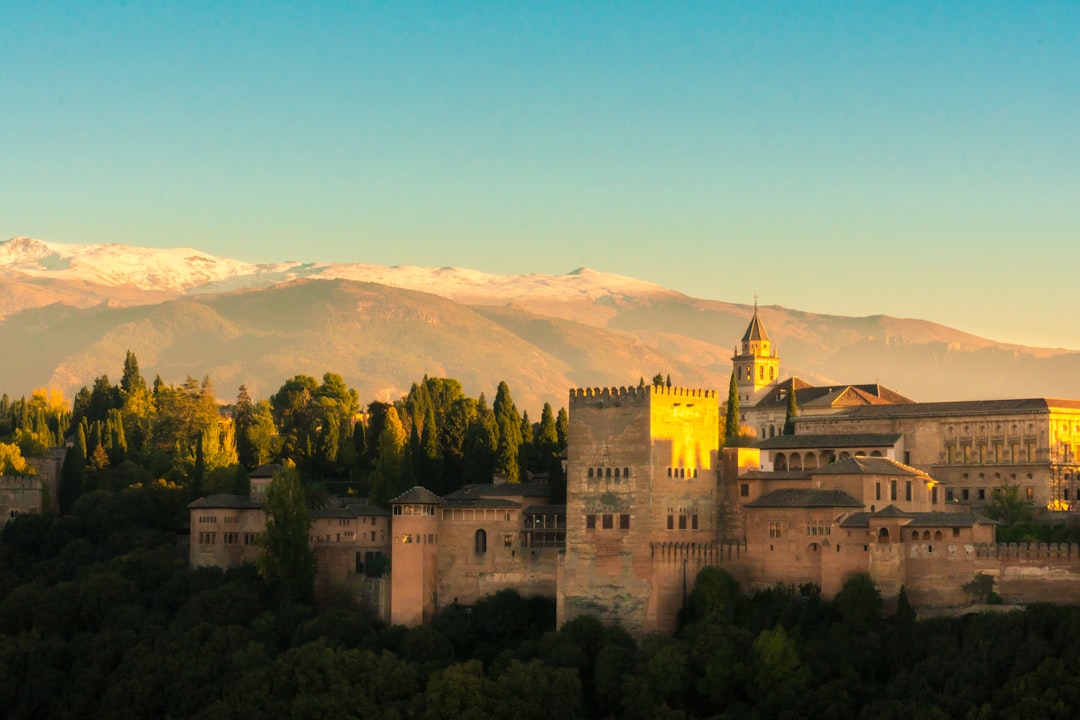
Bewildered Brewer?
You might need a map to navigate medieval mixology!

Budding Botanist
You’re sprouting knowledge about medieval beverages, keep growing!

Master Mixologist
You’ve mastered the art of medieval beverages, cheers!

